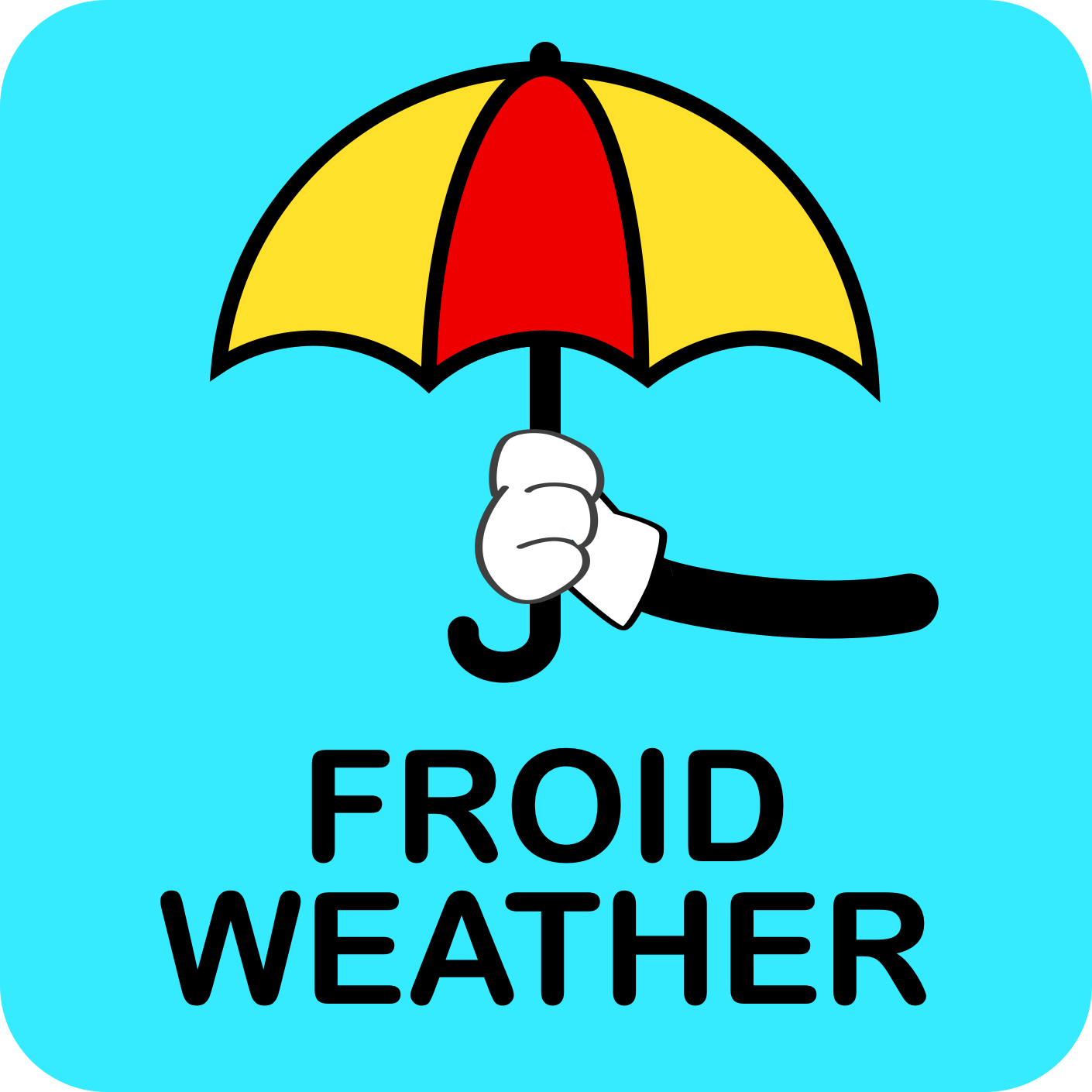Weather Radar
You may move the map around and see weather radar anywhere on Earth.
RADAR
- Acronym for RAdio Detection And Ranging; a radio device or system for locating an object by means of ultrahigh-frequency radio waves reflected from the object and received, observed, and analyzed by the receiving part of the device in such a way that characteristics (as distance and direction) of the object may be determined. (Courtesy NWS)
What is radar?
Radar was developed by the British during WWII, the US adopted it to aid in aircraft landings and was dubbed Ground Control Approach. After the war the radar equipment was introduced into commercial airports to aid in safe landings.
While using the system it was noticed that during time of heavy rain that strange recordings occurred. In 1942 the US Navy donated 25 surplus radars to the United States Weather Bureau, now called National Weather Service ( NWS ). The radar systems have undergone many improvements and are highly sophisticated. In 1992 Doppler Radar, called NEXRAD was implemented. NEXRAD can see inside the storms for location of heavy rain and high winds as it is developing. It takes some of the world’s most powerful super-computers to analyze the data and create computer models.
Radar is to help determine if precipitation and more importantly if violent weather is forming and where is it heading.
Armed with enough information predictions are made which enables broadcasting weather public safety alerts ( PSA ) and warnings to people in the area of potential danger. Some types of violent weather can be tornadoes, hail, heavy and torrential rain leading to flooding, lightning strikes and hurricanes or cyclones.
How does weather radar work?
Radar whether for weather or other purposes is generated by sending electromagnetic beams through the atmosphere. Instruments measure how far the waves travel before they are reflected by objects in the air. For weather the objects in the atmosphere can be types of precipitation namely: moisture, rain, hail and snow. Computers calculate how much precipitation there is with the speed and direction it is moving. Computer models are created using the data which can be used for radar maps.
What do the different colors on weather radar mean?
Different colors are displayed on radar maps depending on the amount and type of the precipitation that is detected. For example heavy rain is displayed by warmer colors.
Look at the radar map, either above or below will be a color chart ( legend ) indicating the intensity of the data displayed. The legend displayed is dependant on what the map is showing, it can be precipitation, temperature or wind.
For radar, light rain is displayed in green, moderate rain is yellow while heavy rain and/or hail are shown in warning colors of orange to red.

